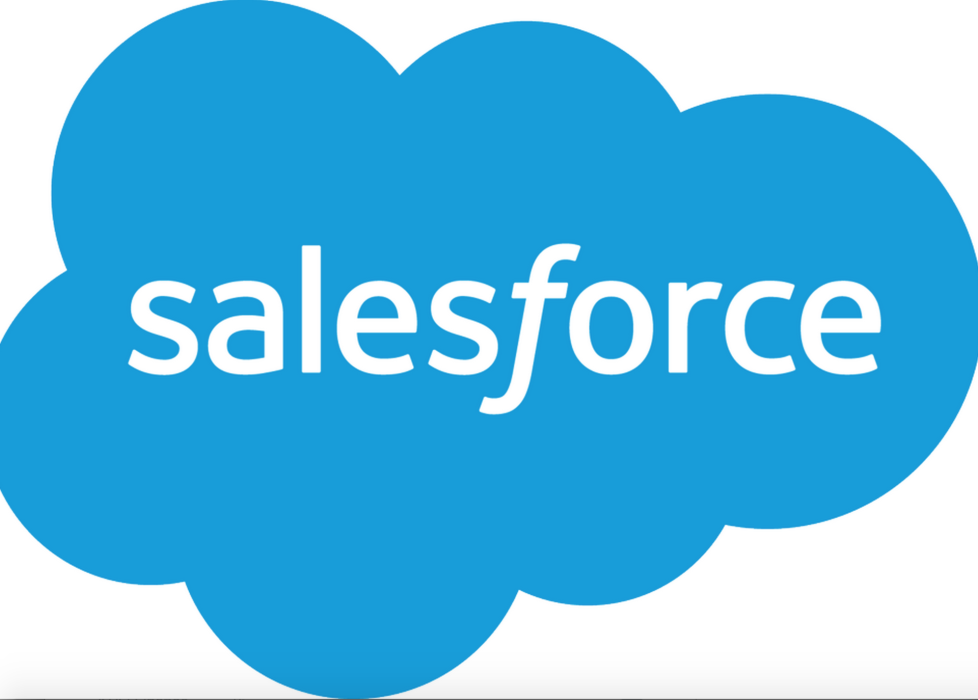Salesforce today added predictive customer journey capabilities to its marketing cloud through the launch of Predictive Journeys, which harnesses marketing and CRM data to contextual behavioral information such as browsing activity and email engagement to map out the next steps on the customer journey.
I spoke with Leslie Fine, VP data and analytics for the Salesforce Marketing Cloud, who told me the new tools will allow marketers to understand customers’ “preferences, engagement, and true intent.” With marketing technology vendors still trying to crack the predictive analytics nut (as Salesforce Pardot’s Adam Blitzer recently told me, “Predictive is still quite difficult), Predictive Journeys combines predictive scoring with predictive audience segmentation to help marketers foresee customer behavior and optimize their response.
Building on the Predictive Intelligence approach to optimizing customer journeys–an existing initiative–Salesforce today announced:
- Predictive Scores: engagement likelihood scores automatically assigned to customers, accessible through a dashboard displaying the predictive scores for defined audience segments; and
- Predictive Audiences: an audience segmentation tool which defines granular audience segments on the basis of predictive scoring.
In practice, as I saw in a product demo, users can create an automated journey map which delivers content responsive to the predicted behavior of the audience segments. For example, a segment predicted to unsubscribe from emails can be targeted with alternative content likely to produce better outcomes. Machine learning means that as engagement increases, customers can be redirected onto new paths designed to build an ever-higher predictive score.
Fine told me, “Sending the same message to all your customers ignores the personal journey.” There’s a growing market expectation that messaging will be targeted and personalized, but, said Fine, it’s been “a huge challenge” to deliver that at scale. The predictive data was already available in the Salesforce marketing eco-system, but it had been necessary to scrape data across email, social, and other engagement channels. Predictive data is now generated automatically–and, as Fine pointed out–transparently. It’s easy to drill down and see why customers or segments get high (or low) predictive scores. “It’s not a black box model,” she said. “It deliberately exposes the (segment’s) underlying attributes.”
“What we’re really doing,” she said, “is challenge the way people think about segments.” Previously, segments had been thought of as cohorts defined by demographics, and other relatively static data. They should also be defined, she said, “by the likelihood that they’ll take an action. We’re helping you understand your audience better, and model it well.”
The tools are currently in beta, and expected to be available in the first half of 2016.








